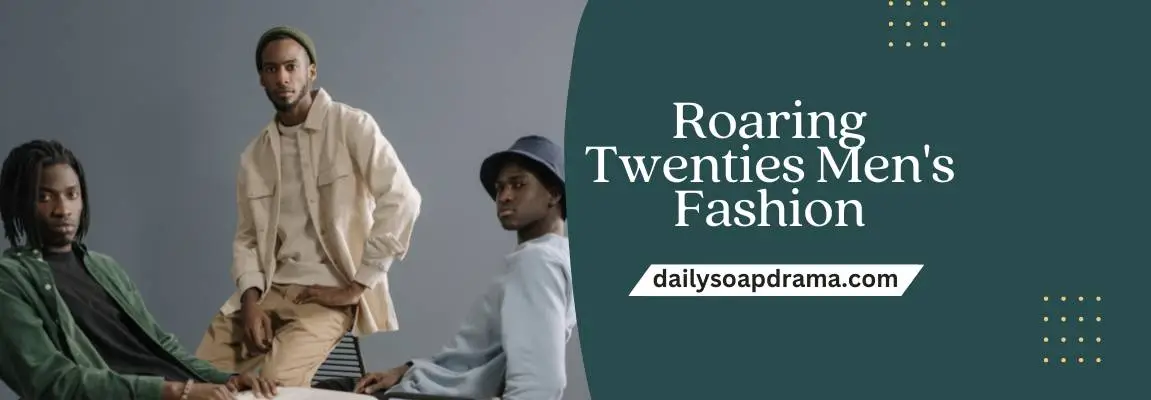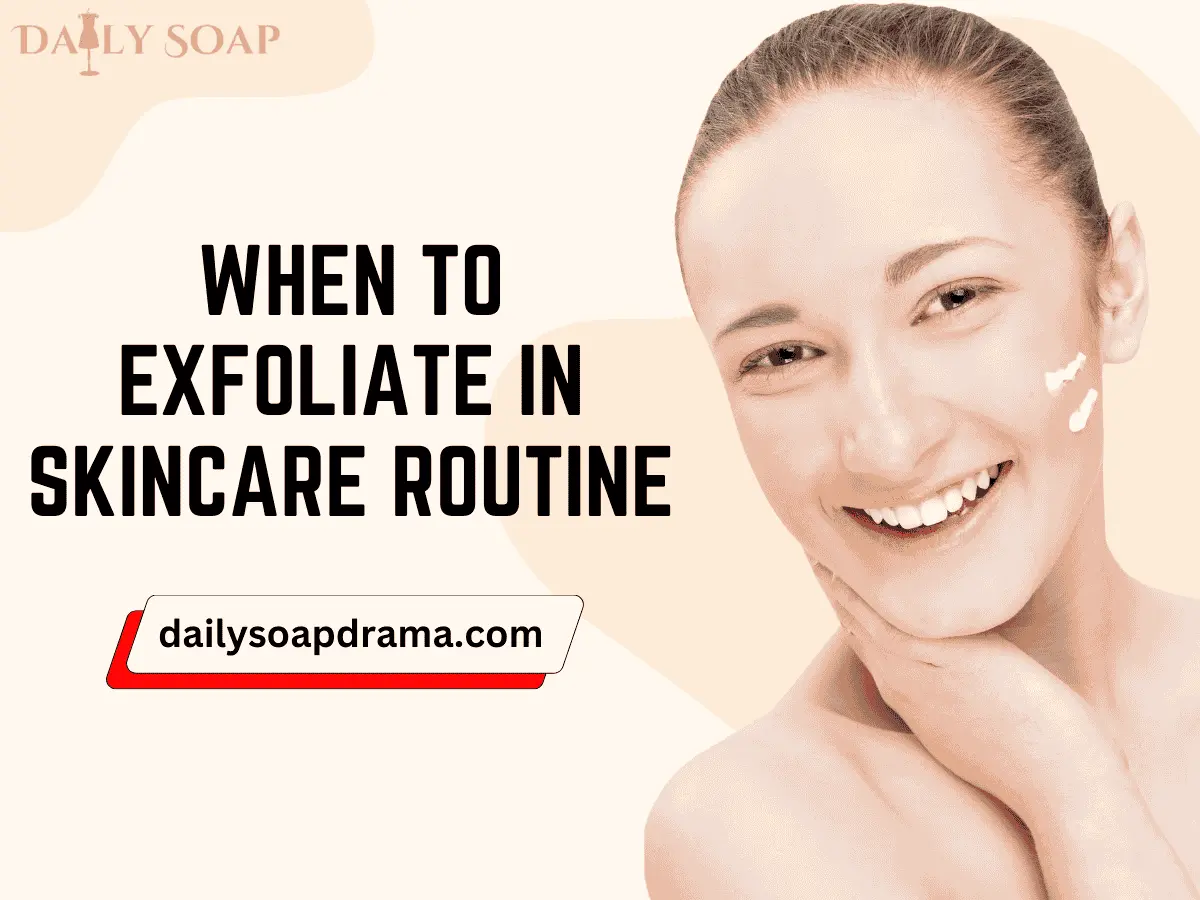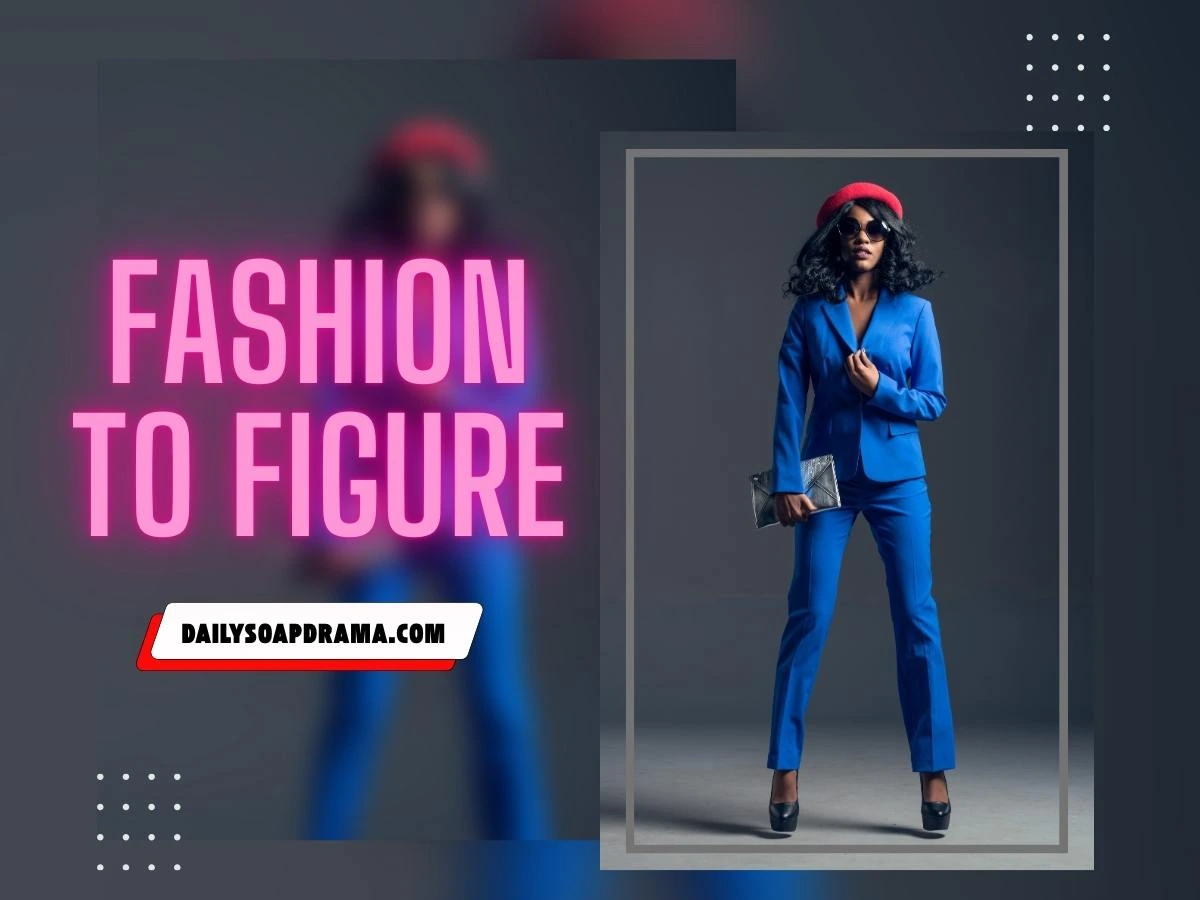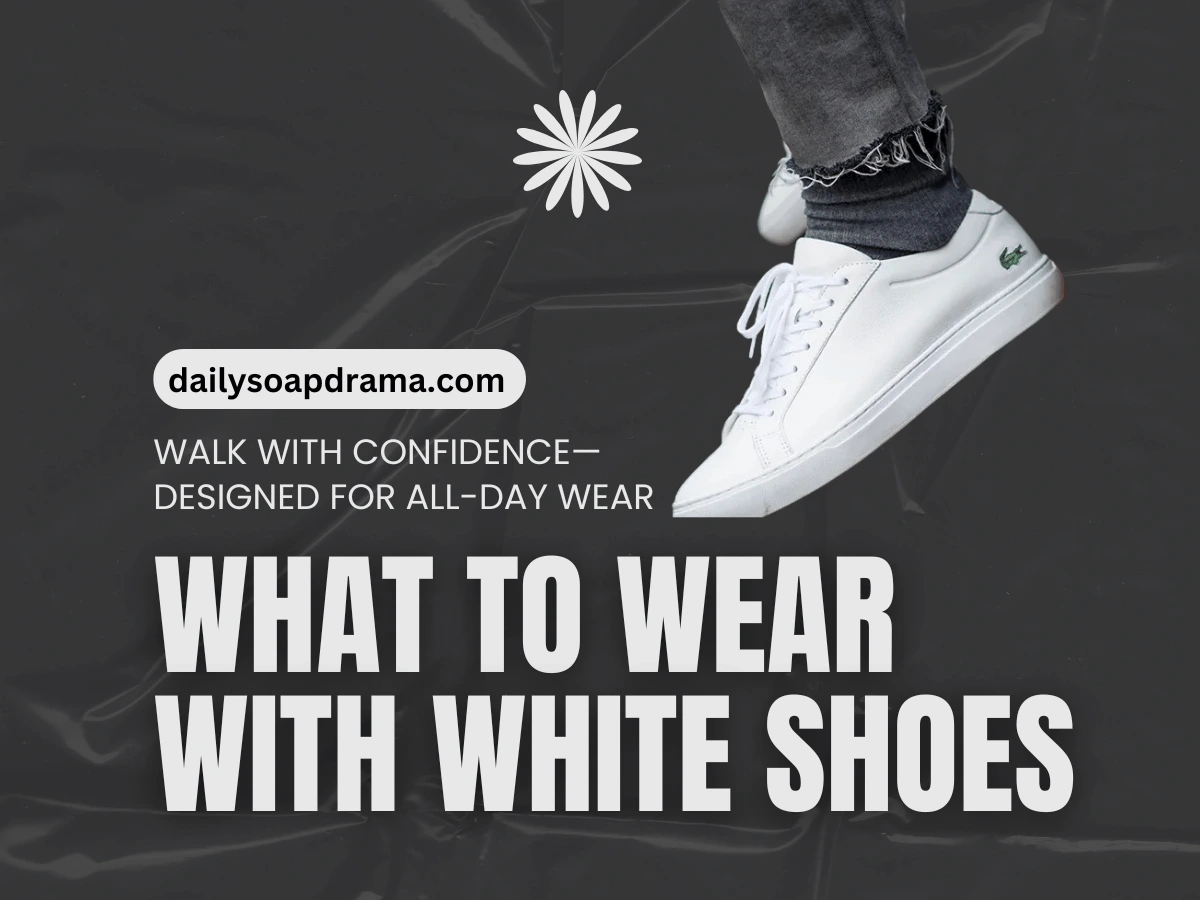Men's fashion was no exception to the rapid social and political shift during the Roaring Twenties Men's Fashion. Styles from this time period have stayed in men's wardrobes. We'll explore the main components that defined men's design in the 1920s in this post and offer ideas on how to bring back these timeless styles now.
Fashion is a mirror of the times; during the Roaring 20s, the United States changed rapidly as significant socioeconomic change swept over the nation. More money to spend on the newest versions of fashion invading the huge melting pot of a metropolis came from greater liberties and more affluence. The timeless designs produced in this age determined the first fashion rules still followed today.
Step Back in Time: Embracing Roaring Twenties Men's Fashion in Modern America
1920s Men's Fashion: A Quick Background
The 1920s seemed as a lighthouse of fresh starts after the dust of World War I fell. The design choices of the era represented the collective sigh of relief in the US and the yearning to live life to the utmost when the war ended.
Men's fashion of the 1920s dropped its militaristic rigidity and functional necessities for styles that provided freedom, color, and flare. This decade was about honoring success and advancement; fashion evolved as a means of expression of hope and uniqueness.
Men's Fashion In The 1920s: Main Stylistic Elements
Suits

The suit was the pièce de résistance for the age, a representation of a man's position but rebuilt for comfort and fashion. Reflecting the decade's tendency toward flexibility of movement and away from the confinement of past years, suits in 20s men's fashion promised a looser fit.
Beyond conventional black and grey textiles, rich browns, blue, and even modest checkered, pinstripe, and herringbone fabrics for the higher classes, materials toyed with texture and color.
Recommended to read: Men's Rockabilly Fashion
Shirts

Roaring Twenties Men's Fashion stressed comfort and usefulness without costing flair. Collar styles varied from the broader club collar for a softer look to the pointed collar. Men in their 20s wore linked collars instead of stiff white collars, a major fashion change. Attached collars, like current suit shirts, were softer and more comfortable for regular wear. Sleeve garters, which could be tightened, were still popular for ready-made items since they let men customize and align shirts. The pragmatic approach of Roaring Twenties Men's Fashion led to removed collars and cuffs, which made laundry a lot flexible.
Pants

Emphasizing comfort without losing style, men's pants in the 1920s experienced a notable change toward broader legs and higher waists. This was the time for the Oxford bag, a type of pants that perfectly embodied the laid-back attitude to menswear and provided enough of capacity.
Belts were more popular as an indication of a change from suspenders and a laid-back yet sophisticated manner to fastener for pants. Additionally since ready-to-wear products were gaining popularity, a big pant leg cuff was also considered as in-style. Still worn for sports and events, knickerbockers were usually matched with vibrant printed knee-high socks.
Swearers & Knitwear

knitwear evolved in the modern man's wardrobe as leisure time was increasingly prized.
With its unique V-neck and striped accent, the cricket sweater came to represent casual elegance. Layered over collared shirts, cardigans and sleeveless sweaters offered a laid-back yet put-together style fit for the office and the golf course.
Read also: Stylish Mens Clothing On A Budget: High Style, Low Cost
Jackets and Outerwear
Men's fashion 20s included outerwear from the utilitarian to the luxurious. Inspired by aviators and their bold exploits, leather flying jackets developed; long, over-the-knee wool overcoats with fur collars provided luxury and warmth in the cooler months. Often in tweed, the sports jacket let men easily combine formal and informal wear.
Footwear

Men's shoes in the 1920s fit the variety of fashion scene of that time. Patent leather Oxfords gleamed for formal events, while two-tone brogues gave less formal clothing a whimsical but sophisticated touch. Boots, with their dependability and flair, were a mainstay for outdoor pursuits.
Vests

Men's dress codes changed in the 20s when waistcoats and vests were no more required. While some men of the period chose not to wear them at all, those who did wore those with a lower cut and either notch lapels or no lapels.
With single-breasted waistcoats and vests pockets in the front, slim and fitting waistcoats became the trend of day. Men from lower socioeconomic origins in the era might combine matching slacks with a good tweed or knitted waistcoat in basic hues like black, blue, or gray.
Then, as it is today, the addition of a vest was seen as a raised casual style that provided greater wardrobe flexibility for a guy.
Men's Accessories Emerged In The 1920s.
Hats

If any aspect of menswear enjoyed a real rebirth, it was hats, which were worn by all kinds of men in a variety of ways. While the upper class liked top hats, middle-class men of the day chose trilby and fedora hats. During this time, a man's wardrobe included hats suitable for both formal and casual occasions.
From bowler and trilby hats for formal occasions to newsboy and tweed caps for sports activities, men had a variety of colors and designs to complement their outfits.
To highlight them even more, some fashionable headpieces included ribbons or feathers to offer a sense of refinement and class to an ensemble. Men now have a far greater selection of alternatives for headwear.
Pocket Squares.
Men's clothes get color and grace from silk or linen pocket squares. Perfectly folded pocket squares are required for complex wear. Their colors were designed to complement those of the tie, hat band, or shirt.
Also read: Old Money Aesthetic: How To Dress Greatly And Look Stylish
Eyewear
During the 1920s, glasses were seen as an expensive fashion item. with round spectacles and horn-rimmed glasses worn on the bridge of the nose becoming fashionable.
During this period, eyewear makers expanded their portfolios to include circular and octagonal spectacles. as well as sportier models with larger frames and subdued or tortoiseshell hues.
Men's Right To Shoes In The 1920s
Men's shoe wear changed dramatically in the 1920s, when the Oxford shoe became popular in the United States, supplanting earlier designs such as tasseled loafers, wingtip shoes, patent leather shoes, labor boots, sports shoes, and winter boots.
The majority of shoes at the period were made of leather or a combination of leather and canvas. Although black, brown, and white were popular, the 20s added a touch of flare by introducing two-tone hues, and wingtips provided an alternative to typical leather shoes.
Men's Formal Dress In The 1920s

Menswear throughout the decade, affectionately known as The Roaring 20s, began a dramatic shift towards less conservative styling and a less formal look that was directly impacted by various things, most notably the World War, jazz, and the melting pot that was emerging across America.
This was a time when the majority of men, regardless of class, wore suits all day and into the night, with more strict variants worn on special occasions.
Men's Casual Wear In The 1920s
If formalwear was the 1920s' hymn to the night, casualwear was its homage to the sun-soaked days of leisure and sport. During the decade, there was a surge in interest in outdoor sports such as golf, tennis, motor racing, and sailing. Men's casualwear changed to reflect this excitement while maintaining style and usefulness.
The polo shirt revolutionized casual clothing, providing a comfortable and fashionable alternative that went beyond sports. Leisure uniforms include knit polo shirts, linen pants, and unstructured blazers that provide both comfort and informal elegance.
The emergence of the sport jacket, frequently in tweed or flannel, allowed men to easily transition between informal and formal, its adaptability reflecting the changing dynamics of men's lifestyles. Footwear, too, eased into the decade, with two-tone brogues and soft leather loafers finishing the informal look.
You may also read: Top and Worst Fashion Trends of 2004
Men's Grooming Trends in the 1920s
The 1920s man recognized that grooming was more than just looking nice; it was also about presenting oneself as a man of taste, refinement, and appreciation for the better things in life.
1920s Men's Hairstyles
The 1920s saw a trend away from buttoned-up fashions and towards sleek, shining, and well-groomed haircuts for males.
The decade's trademark appearance was slicked-back hair styled with brilliantine or pomade for a glossy finish that complemented the polished aesthetics. Hair was maintained short on the sides and longer on top, resulting in a clean, combed-back look that projected refinement and control.
This was the age of the dapper gentleman, with every strand of hair in its proper place, demonstrating the fastidious attention to detail that the 1920s man gave to all aspects of his life. Barbershops evolved into temples of style, where men gathered not just for a haircut but also for the ritual of grooming to achieve that precise parting line that indicated.
Conclusion
The 1920s were a watershed moment in roaring twenties men's fashion, bringing designs and ideals that continue to influence contemporary menswear. Its history demonstrates the power of fashion as a means of expression, reflecting the cultural, social, and economic currents of the day.
FAQ's Roaring Twenties Men's Fashion
What did men wear in the Roaring 20s?
Men's formal evening attire, for instance, sometimes consisted in a tuxedo, top hat, and leather oxford shoes. Men would often dress in navy blue, gray, or brown in formal and semi-formal settings using tweed, herringbone, or pinstripe suits.
What to wear to a roaring 20s party for men?
A long-sleeved shirt (white, striped, or light colored) with removable collar and cuffs, a tie, a suit jacket, fairly wide golf trousers, high socks, and, of course, shoes (richelieu, derby, lace-up shoes, occasionally two-tone) are all required pieces of a suit.
How can I incorporate 1920s men's fashion into my modern wardrobe?
Adding 1920s-inspired pieces to your wardrobe may be a creative and enjoyable way to showcase your individual style. Start by include essential components like a wide-brimmed hat, a three-piece suit, or accessories with a jazz theme. Combine contemporary and historical elements to create a distinctive and fashionable style.
Where can I find authentic or reproduction 1920s men's clothing?
Vintage apparel stores: Authentic 1920s men's apparel is frequently available in local and online vintage stores. A wide range of vintage goods are available at shops including Beyond Retro, Ragstock, and What Goes Around Comes Around.








